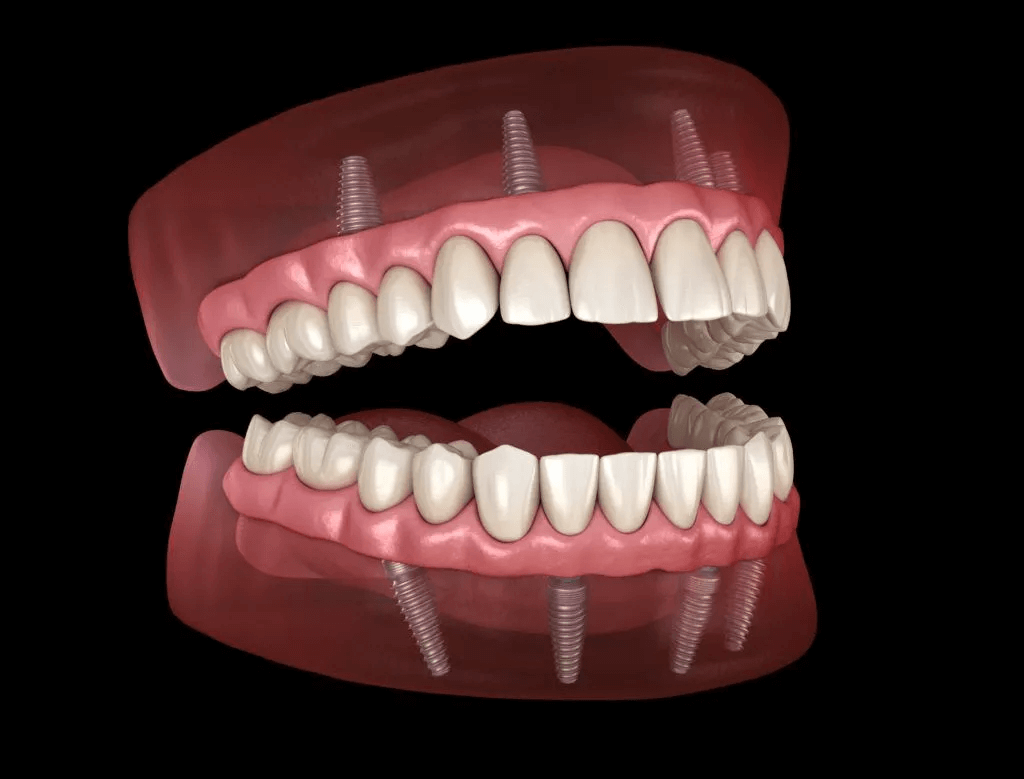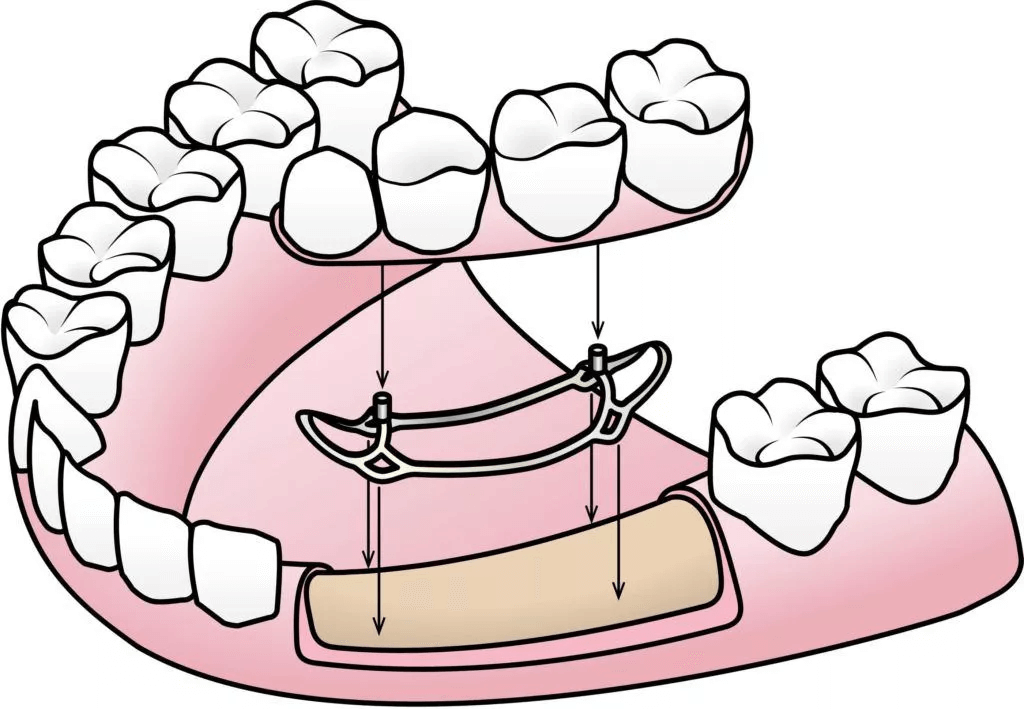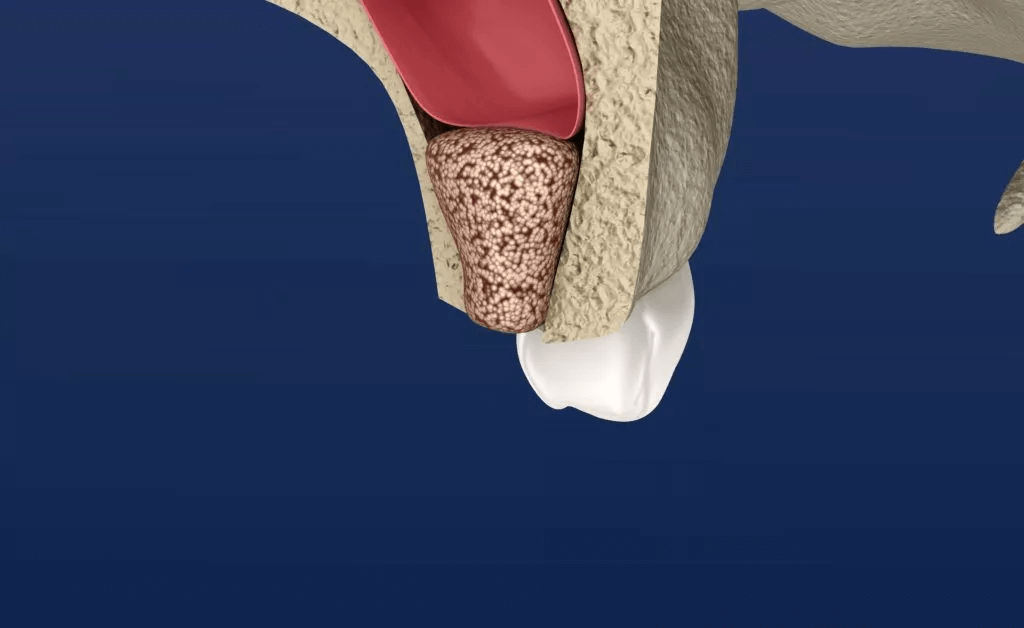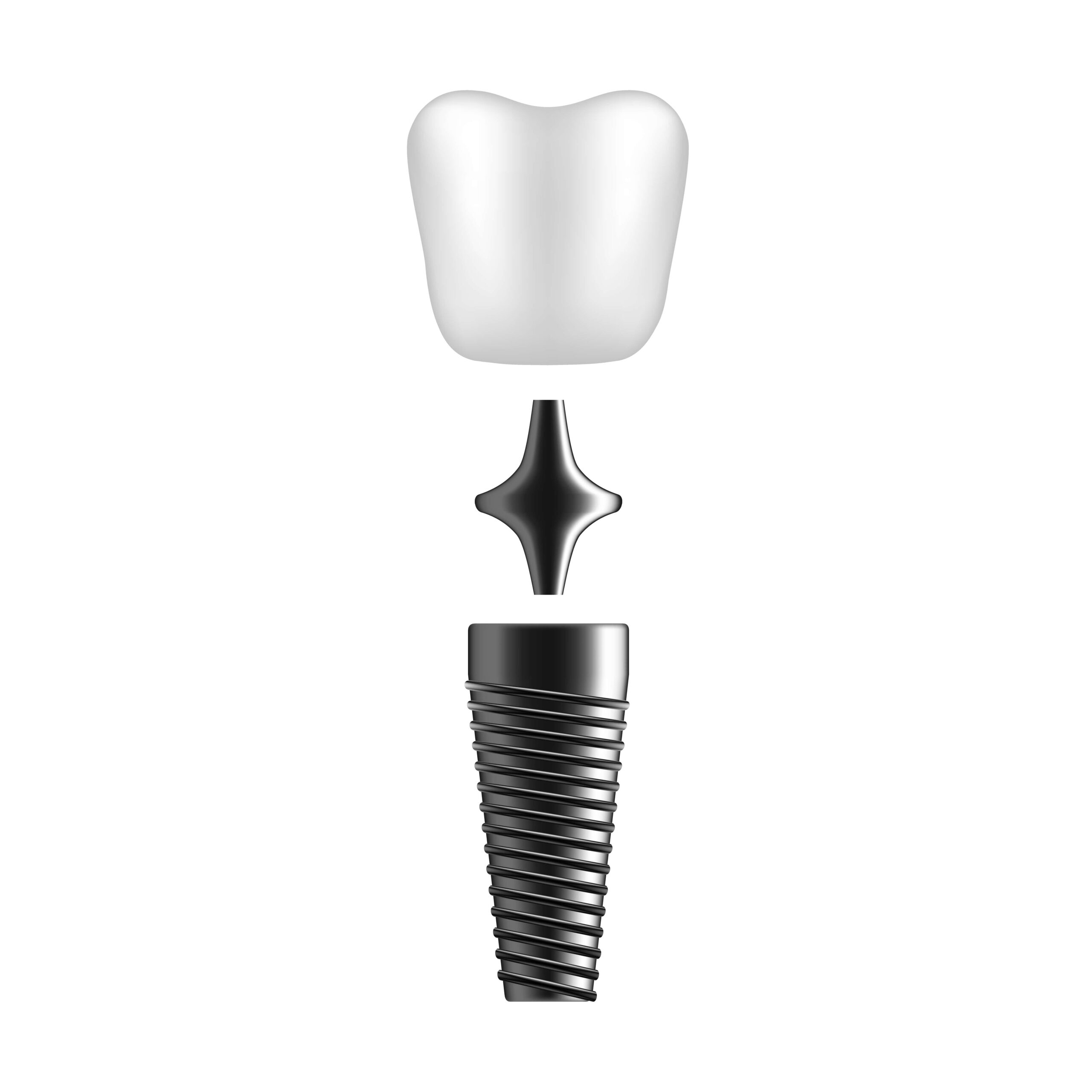Dental implants are an increasingly popular dental treatment for severely damaged, decayed, or missing teeth. Known for their durability and aesthetic appeal, dental implants are artificial tooth roots that are comparable to natural teeth in their daily functioning. Many people have heard the term “dental implants” and are vaguely familiar with what they are and what they do.
Beyond the basics of implant dentistry, however, there are many things about dental implants that you are probably not aware of. These facts may change the way you look at dental implants altogether or they may simply help to supplement the things that you already know. Either way, knowing more about restorative dental care is always an advantage.
There Are Different Types of Dental Implants:
You are probably most familiar with Endosteal implants, which are composed of a titanium screw placed in the jawbone to support a dental crown. This is the most commonly used type of implant, however there are other options including:
- Subperiosteal Implants, which are placed above the jawbone but below the gum line. Subperiosteal implants are used in cases where there is not enough bone to support and endosteal implant and a bone augmentation procedure cannot be completed.
- Immediate Load Dental Implants allow for the instant placement of a temporary tooth when the implants are placed. In order to qualify for immediate load dental implants, you must have adequate bone mass to support the temporary tooth.
- Mini Dental Implants (MDIs) are similar to the traditional endosteal implants, however they are more narrow in diameter and are about the size of a toothpick. There are pros and cons of mini dental implants. The main pro is that their smaller size allows for a less invasive procedure. The main con, however, is mini implants do not have the same strength as traditional implants. Because of this, they are usually used for the stabilization of lower dentures.
- All-on-4, or all on four implants are an option when a full arch restoration is required. Instead of placing a full arch of dental implants, four dental implants are placed to support a dental bridge. With all on 4 implants, the four implants and a set of temporary teeth can be placed during a single procedure. Once your jawbone has fused to the implants, a permanent set of teeth will be placed.


You Can Have Dental Implants With a Lack of Bone Mass:
If you have had a missing tooth or teeth for over six months, the bone mass surrounding the missing tooth has likely decreased and will continue to be reabsorbed into the body. Sometimes, bone loss can occur for various other reasons such as periodontal disease, genetics, or osteoporosis.
Because a main feature of dental implants is that they must fuse with the surrounding bone to function, many people without adequate bone mass assume that they cannot have a dental implant. However thanks to modern dental technology, there are several bone augmentation techniques used to build up bone mass for the successful placement of dental implants. If you have reduced bone mass, bone augmentation procedures may just be an additional part of your individual treatment plan.
The most common technique is called a bone graft. During a bone graft procedure, bone grafting material is placed in an area of low bone density. Over time, this bone grafting material will aid in bone growth and increase the overall bone mass. Bone grafting material can be harvested from another bony area in the individual’s body or from a cadaver, or it can also be made in a lab. Most often, synthetic bone material from a lab is used to create a bone graft for dental implant placement.

Other somewhat common bone augmentation procedures include a sinus lift and ridge expansion. A sinus lift is used a dental implant needs to be placed in the maxilla, or upper jaw. Sinus lifts build up the bone between the upper jaw and the sinus cavity so that a dental implant can safely be placed without damage to the sinus cavity.
A ridge expansion is performed when the jaw is not wide enough for the placement of a dental implant. During a ridge expansion, the jaw is widened, and bone graft material is placed within the ridge, or space, to permanently change the width of your jaw.
Dental Implants are Made Out of Specific Materials
Titanium alloy, or titanium, is one of the most popular dental implants materials. First discovered in the 1950s, titanium is an ideal material for dental implants because it allows the bone around it to grow, is biocompatible, and is an affordable option. Titanium dental implants are made of three pieces, the implant, abutment, and a dental crown.

As dental implant technology improves, new materials have also started to be used. Among the latest in dental implants is the use of zirconia. Zirconia was first used for abutments in the 90s and in 2003, the first zirconia dental implant was manufactured. Zirconia dental implants allow for ceramic implants that combine the abutment and post for the dental prosthesis into a single piece. Because Zirconia, or ceramic, dental implants are so new, many dentists still recommend titanium implants because of their known success.
Dental Implants are Constantly Evolving
Although the current dental implants have high success and patient satisfaction rates, dental implant technology is continuing to evolve. New research is looking into ways to make treatment less invasive and more affordable while decreasing recovery time. The types and materials used for dental implants are also being modified to customize dental implants for patients with specific treatment needs. Overall, dental implant technology is advancing so that it can be an easy, effective solution for a multitude of dental conditions.
Want to learn more about dental implants and what they can do for your smile? Schedule a consultation at Fedorciw, Massoumi, & Kolbig of Cromwell, CT today and find out how dental implants can work for you!




